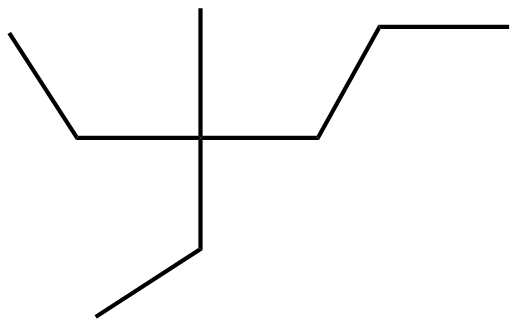Natalie Rotstein 3J wrote:The quiz 3 prep includes alkenes and cycloalkenes, and Lavelle's responses to questions on the quiz prep problems seem to imply that we are expected to know how to solve all of the problems in the quiz prep, but the beginning of the thread it says alkanes and cycloalkanes in the textbook and only up to pg 96 (prior to the start of alkenes) in the course reader - do we need to know how to solve problems involving alkenes or not?
"Lavelle's responses to questions on the quiz prep problems seem to imply that we are expected to know how to solve all of the problems in the quiz prep"
I explicitly stated in the quiz 3 prep answers above:
"Q3. Alkenes not covered in your Quiz 3."Q3 was an alkene structure and we covered these structures and names (geometric isomers, cis/trans, E/Z) this week (which is not on quiz 3).
Your question is also ambiguous. Do you mean alkene structures, cis/trans, etc. The answer is again no, not for quiz 3.
If you mean electrophilic addition across a double bond which I covered three times for an entire lecture last week. Yes. A double bond is an alkene. One cannot cover the electrophilic addition (across a double bond) reaction mechanism and not have an alkene in the reaction.


